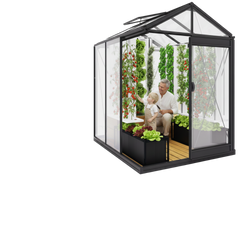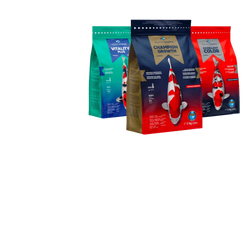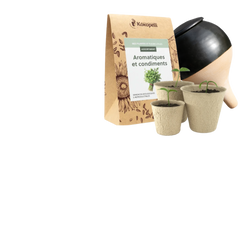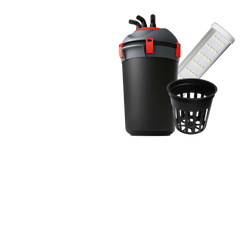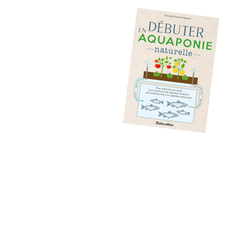In the context of modern agriculture, aquaponics is positioning itself as a solution for the future. By combining local agriculture, reduced chemical inputs, and low water consumption, it offers considerable advantages, particularly in urban areas or areas experiencing water scarcity. Innovative farms are now using aquaponics as a lever for sustainable productivity, while offering healthy and traceable food.
These professional aquaponic greenhouses can produce year-round, even in less fertile environments, thanks to controlled climatic and nutritional conditions. The model also appeals to schools, municipalities, and project leaders involved in the food transition. However, this development is not without its constraints : it requires a certain initial investment, specific technical knowledge, and particular attention to the regulation of living organisms. Despite these obstacles, the potential remains immense, particularly for regions seeking short supply chains, agricultural education, and food self-sufficiency.









